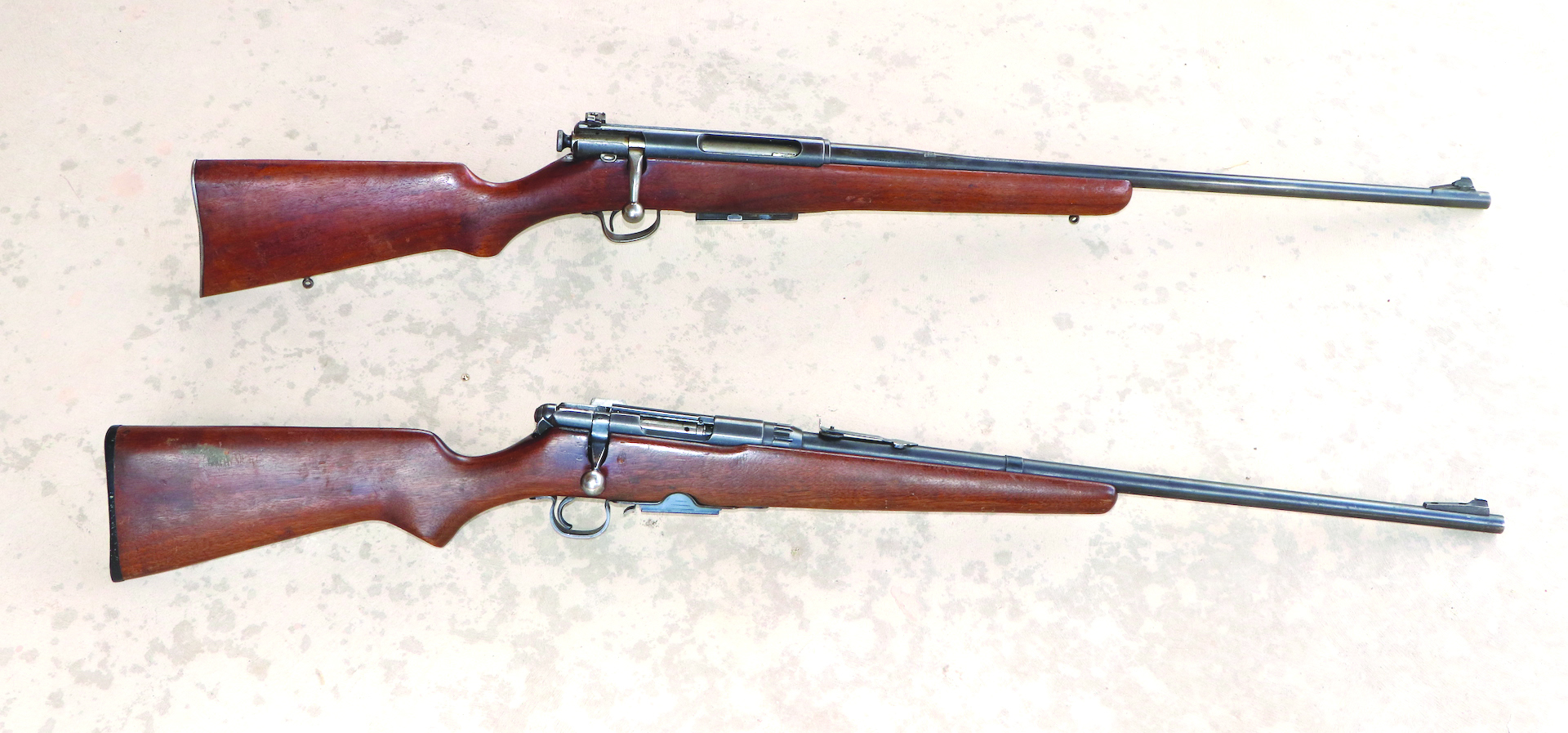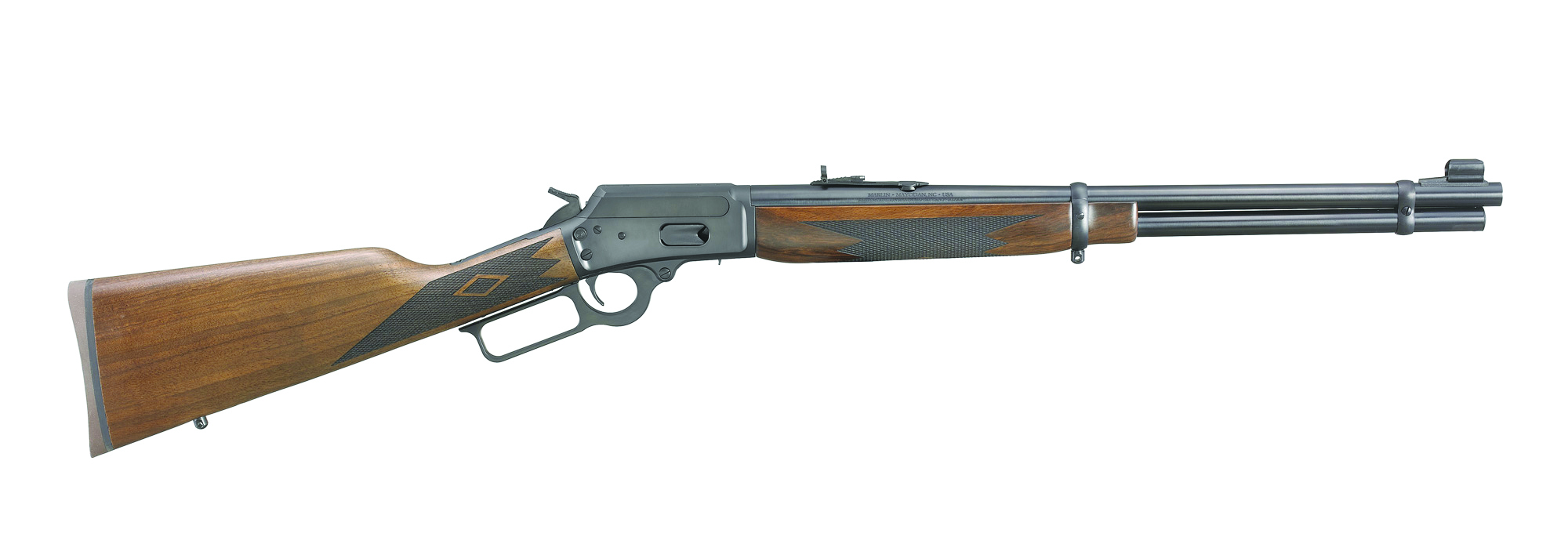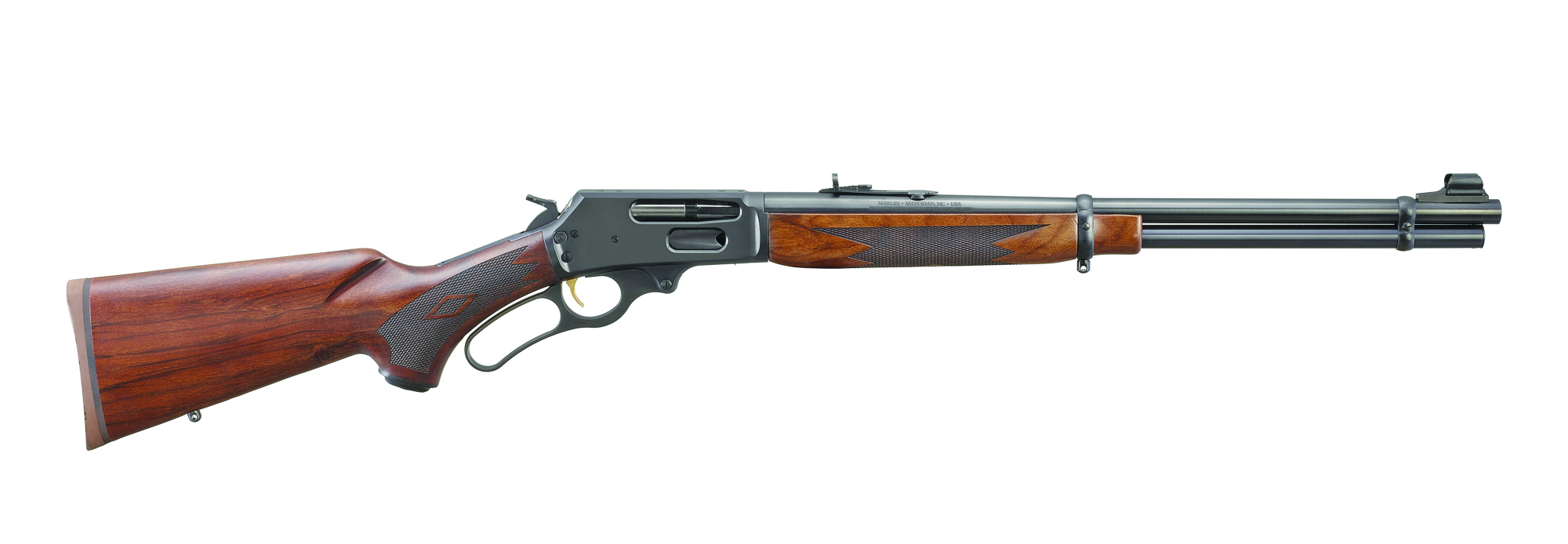BY STEVE COMUS
With all of the hoopla lately about long-range rifles, cartridges and sights, one would think that anything not in the next zip code would be dismissed as too close.
Yet concurrently, there is a trend in the shooting sports industry that is exactly opposite – a focus on handy rifles chambered for short to medium-range cartridges that wear open barrel sights. What gives?

Certainly, it is not some kind of revolt within Gundom where those who don’t want to shoot from here into tomorrow have become iconoclasts, hell-bent to go the opposite way.
Rather, it is merely a parallel situation in which there are lots of shooters who want to go long while there are other shooters who want to go short. Both can be fun and effective. And there’s nothing wrong with a hunter doing both.

In fact, if there is one overriding trend in the industry these days, it is to be totally inclusive of everything imaginable. There seem to be several reasons for that, not the least of which is the fact that the ranks of gun owners spiked so much during the COVID/social unrest period that the base has expanded in all directions, including the kinds of guns and cartridges these different folks prefer.
Also, very deep in the psyche of gun owners, both old and new, is the ever-present desire to be able to defend themselves against all manner of threat, ranging from common violent criminals to who knows what.
When they first appeared on the scene in the 19th Century, lever-action rifles were the high-tech, high-capacity arms of their time. And they are every bit as valid today as they were then. Times may change, but the effectiveness of lever rifles hasn’t, doesn’t and won’t.

The bottom line is that the market these days is being flooded with rifles intended to be used with open sights, and which shoot cartridges that are effective to 100 yards, perhaps more in some instances, maybe a little less in others.
We’re talking about an influx of lever-action rifles chambered for cartridges ranging from .357 and .44 Magnum (traditionally considered handgun cartridges) to oldie but goodie traditional rifle cartridges like the .30-30 Winchester and .45/70 Government. There are even new straight-wall cartridges for lever guns like the 360 Buckhammer.
Making these new lever guns are companies like Marlin, Winchester, Uberti and Henry. And that list is growing.
This is where the stalking rifle concept comes into the picture because the whole ethic of the stalking rifle is to stalk in close to the animal and dispatch it with a single, well-placed shot. Since the stalking is to be within not too many yards, open barrel sights work fine. In fact, it could be argued that a stalking rifle isn’t a stalking rifle with any other sighting system.

Certainly, there are effective single-shot stalking rifles, as well as bolt-actions, pumps and semi-autos that fill the bill. Heck, an AR can serve well as a stalking rifle, although that’s far from what it was designed to be.
These short to medium range rigs make total sense east of the Mississippi River in the woods, and they also are a lot of fun in the West when chasing wild pigs or taking shots of opportunity at other game when the situation allows.
Granted, stalking rifles are not right for shooting across a big open field, but when kicking hogs out of brush-choked arroyos and canyons, they are hard to beat.
Purists will suggest that true stalking rifles are like the break-open single-shot kipplaufs or bolt-action Mannlicher-Schoenauers from Austria. Granted, those are stalking rifles, but so are a lot of other designs.
Basically, a stalking rifle is relatively small, light and handy to carry. Their balance and length assure that they do not interfere with stealth. They need to be quiet, especially when transitioned from the carry to the shoot mode. They are usually chambered for rather sedate cartridges, compared to fodder used for long-range shooting or exceedingly dangerous game.
As much as kipplaufs and Mannlicher-Schoenauers are the classic stalking rifles in Europe, the U.S. has its own flavors of stalking rifles. At or near the top of that list is the iconic 1894 Winchester lever-action rifle. Relatively short, relatively light and easy to carry is what these rifles are all about and the ’94 Winchester fits all those characteristics.
This means that for those hunters who want to add stalking to their hunt agendas, there is a wide variety of models from which to choose – both old and new. As long as there is hunting, stalking rifles will be valid.
For example, Marlin’s current 1894, 1895 and 336 models all qualify as stalking rifles. So do Winchester’s 1873, 1886 and 1894 rifles. Henry’s .360 Buckhammer model lever rifle is breathing even more fresh air into the lever gun world.
And there are many other rifles that qualify as stalking rifles. Some of the lighter Model 1898 Mausers with open barrel sights certainly are in that category, as are models like the Savage bolt-action Model 40 in .30-06 or the Model 340 in .30-30 Winchester.
Another nice thing about stalking rifles is that they are just plain fun to shoot. This means that they come into the picture anytime of the year. No need to wait for a hunting season to enjoy them. Take them to the range anytime and have a blast.
Although some rifle hunters may want to do most or all of their hunting with stalking rifles in much the same way that bowhunters opt for closer encounters with game animals, the truth is that it doesn’t have to be an either/or situation.
There is nothing wrong with going long when the circumstances dictate it, and going short when that approach is logical. The point is that it can be both productive and fun to factor stalking rifles into the overall hunting equation.
One gun is good. More guns are great. Shoot straight and often.




